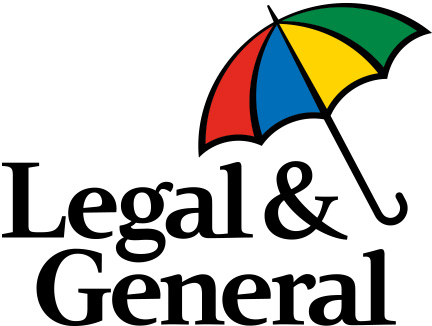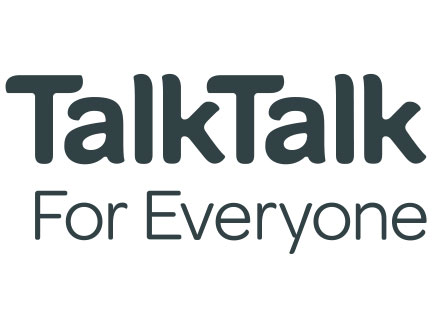Get a new level of control, visibility, and insight
Centralise
Easily connect disparate building systems and plant, bringing their controls and data into a centralised place.
Improve
Using data-driven insights, optimise control strategies and site performance. Achieve the ideal balance between energy consumption, occupant experience, and productivity.
Achieve
Capture and quantify consumption and cost reduction. Share data with anyone who needs it and empower everyone to accelerate the journey to Environmental, Social, and Governance (ESG) and Net Zero goals.
Trusted by
Key features
Easy to install
Whether you’re retrofitting or installing into new buildings.
Easy to integrate
Connect your systems independently, or get support from our team.
Fast to deploy
Get set up and start using your system quickly. Deploy independently or with support from our team.
Unifies siloed data
See all your data in a single location and automatically prepare it for analysis.
Cost effective
Works with your existing infrastructure, and you pay no licence fees.
Powerful analytics, customisable reports
Get data insights on easy to read dashboards that drive accurate and impactful building performance management strategies.

Who succeeds with Synapsys Integration Solutions for smart building systems
SKANSKA brings entire team on their sustainability journey by making easily accessible, highly relevant energy performance insights available to everyone
We wanted a system that’s easy for our communications team to use to upload information, with an RSS feed and a video capability for more varied, topical and eye-catching displays. Also we needed a system that works with tablets, due to the high number of mobile devices we use. And of course we liked the fact that with the Synapsys system there’s no ongoing charges for software, so we settled on SIPe as the front end of the new energy monitoring programme.
The FM team really likes the new system, as the graphical display makes it easy to see if there’s an unexpected spike in energy use at the weekend, for example, so we can investigate any anomalies.

Discover more
To discover how Synapsys Smart Lighting Automation Solutions can help you meet your goals faster, easier and more cost effectively, get in touch.






